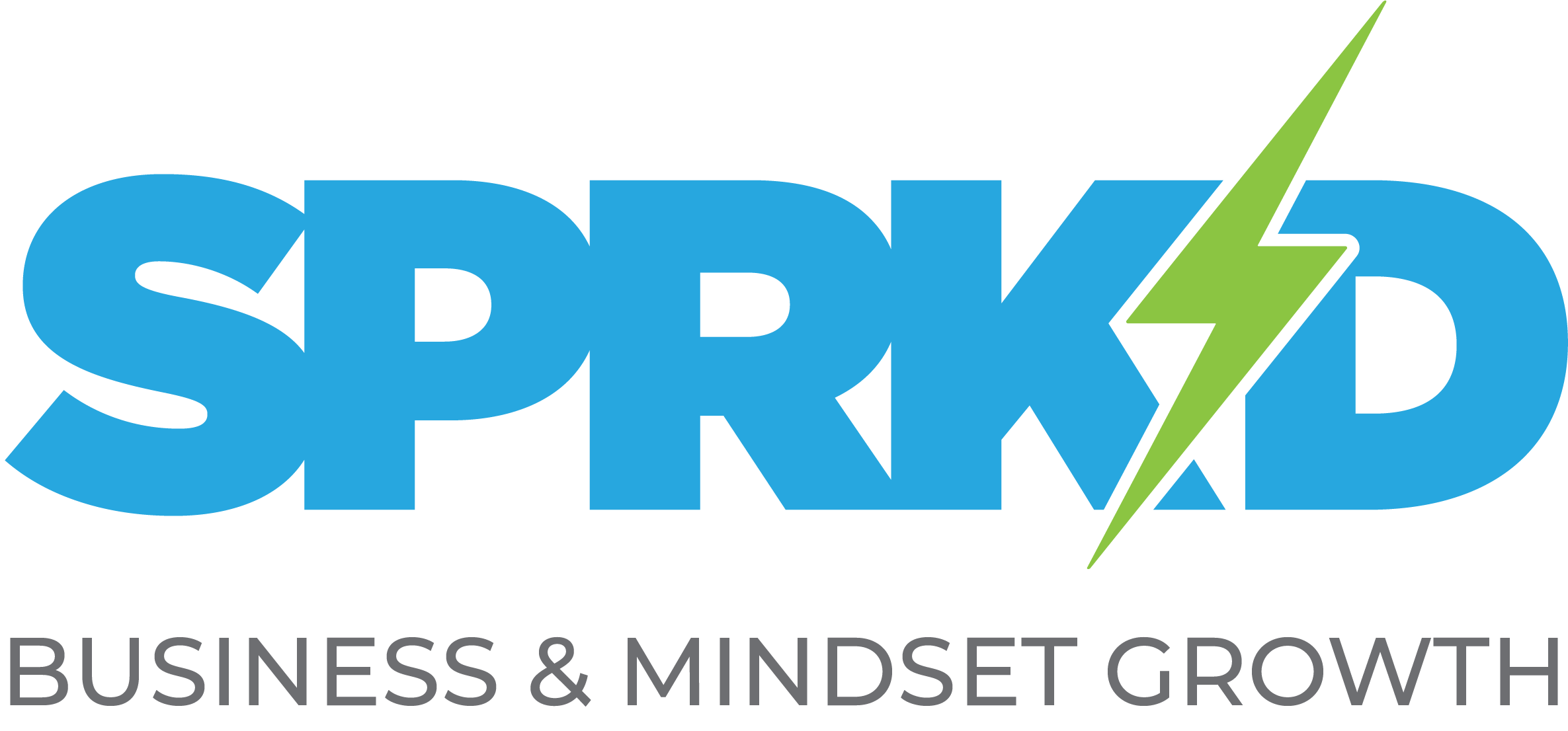Build a business you love to lead. Create the life you want.
Twitter: A Beginner’s Guide to Getting Started
 Some aspects of social media can seem a little intimidating. It’s a lot like the first day of school; everything’s new, there are kids in the hallway using words you’ve never heard before, and you’re just not quite sure who to talk to or where to go. Don’t worry! You’re not alone, and luckily it’s pretty easy to get ramped up on the basics.
Some aspects of social media can seem a little intimidating. It’s a lot like the first day of school; everything’s new, there are kids in the hallway using words you’ve never heard before, and you’re just not quite sure who to talk to or where to go. Don’t worry! You’re not alone, and luckily it’s pretty easy to get ramped up on the basics.
What is Twitter and Why Should I Care?
Twitter is more than a convenient way to instantly keep in-touch with friends on mobile phones. For some, it has become their main source for breaking news and relevant content with its human-driven results and filtering. For many businesses, it has become an important marketing, PR, and service/support tool
In simple terms, Twitter is what’s known as a micro-blogging platform. It enables users to broadcast their written commentary in short, 140-character bursts called “tweets.” In order for one user to see another user’s tweet(s), they must “follow” that user. Users are able to follow one another through the Twitter web-based platform or one of many third party apps. Tweets are comprised of a wide range of content, but in general Twitter is used to share and link to other websites, pictures, and videos.
A plethora of third-party Twitter apps along with the official Twitter mobile app allow users to find friends and customers with similar interests all over the world and keep up with them in real time.
Basic Account Setup
- Go to Twitter.com and click “Sign up now”
- Fill out the profile information
- Choose a name that best suits your goals. When ever possible choose something that is easy to read and memorable.
- You may want to consider the shortest possible version of your name because as you gather a following people will want to pass on your content in the form of a retweet (RT). This will include your name and thus, eat up some the 140-character count limit.
Note: You can set up multiple accounts just be aware that you must use a different email account for each username.
Filling Out Your Profile and Page
- Make your mark. Add a photo to distinguish your account from others while adding legitimacy to your presence. This may seem menial, but your profile photo (commonly called an avatar) is how most people will come to recognize your Tweets. Add or change your avatar within the “settings” section.
- For a business, it is generally advised that you use some recognizable form of your logo.
- As this is how people will come to recognize your profile you will not want to drastically change this frequently. An example of an appropriate time to change or slightly alter an avatar would be in conjunction with and support of a specific campaign (e.g., adding a pink ribbon for Breast Cancer Awareness Month)
- Complete your profile. Fill out your profile information completely. This can be done in settings, and includes a “Bio” with a160-character limit. Like your avatar, a well-crafted bio adds legitimacy and lets people know what kind of content they can expect from you. You should also add any links to websites, blogs, etc. you want your followers to check out.
- Customize your new page.You can customize your page with Twitter’s free backgrounds or you can create your own. As a business you will want to incorporate your brand look and feel.
- Be aware that the width of left side of the background that is visible most of the time is quite narrow and changes each time Twitter updates the UI. At the time of this writing, a majority of users will only see a 66px wide column of the background. This is often where you will find company logos but you can brand the page in many ways.
- Generally, this means that horizontal logos need to rotate counter-clockwise 90º in order to preserve legibility.
- Start building your network. Find people and other relevant companies to follow or add to a list (more on lists below). Through the “Discover” feature you can search for people and topics of interest as well as suggestions from Twitter on “who to follow.” Additionally, you can also import e-mail lists, and contacts from other sources.
- And keep building… Another useful tool for finding people and companies to follow is the Twitter search engine at search.twitter.com. This feature will display Twitter users who have mentioned your search term. From here, you can choose whether or not to follow.
Twitter Terminology
The most challenging part about Twitter is the lingo. There are several important components to understand before diving in, which are outlined below. As conventions are continually evolving, this is not meant to be an exhaustive list but it should be enough to get started comfortably.
A Tweet is simply a 140-character post. Tweets are the building blocks of Twitter.
A retweet is when one Twitter user reposts another user’s content. This can be done with the automatic retweet button through the Twitter interface (or other third party app). In addition, it can be done through the classic “RT” (which stands for ‘retweet’). To use this format, simply write “RT @username:”
Note that when the automatic retweet functionality is used, some reporting tools do not capture these RTs. Be sure to select your social reporting tools with this in mind if capturing accurate RT data is key to you social goals.
If there is something in a tweet that you would like change before sharing it yourself you may want to opt for the manual RT so that you can make the required edits. Perhaps you want to add or subtract a hashtag. Or you noticed a typo that should be fixed. On such occasions you’ll see these “modified retweets” marked as MRT. MRT is not an official Twitter convention, but it is more commonly adopted amongst frequent Twitter users.
Attribution
Besides the standard RT, another common form of giving credit for content worth sharing is adding “(via @unsername)” after your message and the link. This acknowledges that you did not come across the piece of content yourself and is a positive gesture acknowledging the source. Another common option is “HT” or “H/T” which simply stands for “hat tip.”
Followers
Followers are the people you choose to keep track of. Many people try to collect as many followers as possible but if you want to have an impact it is more about the quality of your audience not the quantity. Remember—this is a tool people use to communicate with each other.
Following
Just as important as followers, is the amount of people your account is following. Often follow to follower-count ratio is a key indicator when detecting a spam account. With this in mind, it is often advised to keep the number of people you are following close to, or below the number of people that are following you. This is difficult for new accounts as you will not have many followers at first, but this is another reason why having a strong bio and custom avatar is so important.
@ Replies (Pronounced as “at replies”)
If you want to send a tweet (a message) to a particular person simply add “@” to the beginning of their username within your tweet (e.g., @username).
An important and often overlooked detail to @ replies is that when you start a tweet with the “@” symbol only those following you and the other party to whom you are replying will see your tweet. To give your tweet more exposure, it is advised to re-write the sentence so that “@username” appears later in the tweet.
Direct Messages
You can also send private messages to people on Twitter by either manually adding “D” and a space before the username (i.e., D username) or via the built in message option usually found by clicking on the users’ avatar. The only stipulation here is that you both have to be following each other. This helps ward off spammers.
Hashtags
Another great thing about Twitter is that users can follow conversations on particular topics by using hashtags (#).Hashtags are tagging method best explained with an example. If you are watching a webcast, say from Inbound Marketing University, and you want to know what everyone else thinks about the presentation, simply search using the hashtag #IMU. The “#” symbol always precedes the phrase. Some common non-event hashtags include:
- #SMM (social media marketing)
- #mktg (marketing topics)
- #fb (Facebook)
- #FF (Short for “Follow Friday,” this meme dates back to Twitter’s inception and was often used to promote the people who’s content you enjoy. While this is still often used, it is becoming less popular as Twitter has enhanced it’s search and discovery capabilities.)
To see the most popular hashtags and to help find ones relevant to your area of expertise, look at Hashtags.org/
Lists
If, and when you start following more than 100 people it will become quite difficult to keep tabs on follower activity. To add some organization to those whom you follow, Twitter implemented list creation. A great way to start out using lists for businesses is to create separate lists for your competitors and partners so that you can see their latest activity without needing to visit each user individually.
Another great thing about lists is that you don’t have to be following someone in order to add them to a list. For businesses, this is nice because you can add you competitors to a list without tipping them off that you are closely watching them.
List limits:
- 20 lists per user with no more than 500 accounts per list
- List names need to be 25 characters or less and cannot start with a number
For more on lists see the Twitter help center.
In addition to the standard Twitter terminology, users tend to integrate all forms of the word “Twitter” into others, leading to a confusing landscape for new users. Like everything else, some people take this too far so you may often see Twitterverse, Twittershpere, Tweeple, Twitterati etc. A fun list of other Twitter words is available for you to enjoy via the website Mashable.
URL Shortening
You may have noticed that URLs look a little different on Twitter than they do elsewhere online. Because of the imposed 140-character count limit, every character you type needs to count towards the message you want to send—and URLs can be quite lengthy. This is where URL shortening tools come in. The most ubiquitous of these shortening services is bit.ly, which is the default option for most Twitter applications. Sending links through Twitter.com (or one of their official apps), however, will be shortened using their own link service “t.co” but this is not an option available for use by third-party applications.
- There are, however, times when you would not want to use bit.ly or send links directly from Twitter (thus using the t.co service). The first instance of this would be if you use Hootsuite as your main publishing and reporting tool, as it uses the proprietary URL prefix of “ow.ly” and “ht.ly.”
- Another instance is if you choose to create your own “vanity” URL. Examples of this are: goo.gl (Google), al.st (Allstate), cs.pn (C-SPAN), nyti.ms (New York Times). You may choose to implement your own URL shortening service in order to add just one additional brand touch to your content but that extends beyond the scope of this primer.
For more on Twittter’s Link Service t.co see their entry in the help center.
Twitter Tools
Interestingly enough, while the Twitter.com interface has undergone many improvements and increased functionality, most Tweets don’t come from Twitter at all. Instead, they most often come from third-party applications (aka-clients). There are many to choose from and each one has its perks. A few free examples to begin with for more robust publishing needs are provided below:
Publishing
Where To Go From Here
The terminology found within the world of Twitter can often be seen as intimidating and difficult to understand but as you can see, there is a method to the madness. We’ve covered all of the basics from: setting up your account, to direct messages, to hashtags and lists. There are plenty more topics related to this micro-blogging platform that we couldn’t fit into this guide but for more information on a particular term, please reference the Twitter Glossary for quick and simple explanations.
Now that you have some of these Twitter basics under your belt, you should feel confident enough to open a test account and start getting involved in the Twitter community. The next step is to become familiar with your audience and the community-at-large in order to discover new ways to effectively engage within this channel. From that point, how you use Twitter depends greatly upon your overall marketing strategy and how you want to interact with current and potential customers. Such topics, however, are worthy of their own guides. For now, explore and listen to what people on Twitter are talking about. You may even find a lively discussion about your own brand. So, what are you waiting for? Get going!
Recent Posts
UNLOCK YOUR POTENTIAL IN 30 MINUTES
👀 Seeking efficient solutions to the business, marketing, or mindset challenges you face?
🚀 Ready to take your business to the next level?
⏰ Short on time?
QuickWin Coaching is designed with you in mind. Why waste hours in lengthy coaching sessions when you can achieve remarkable results in a mere 30 minutes?




